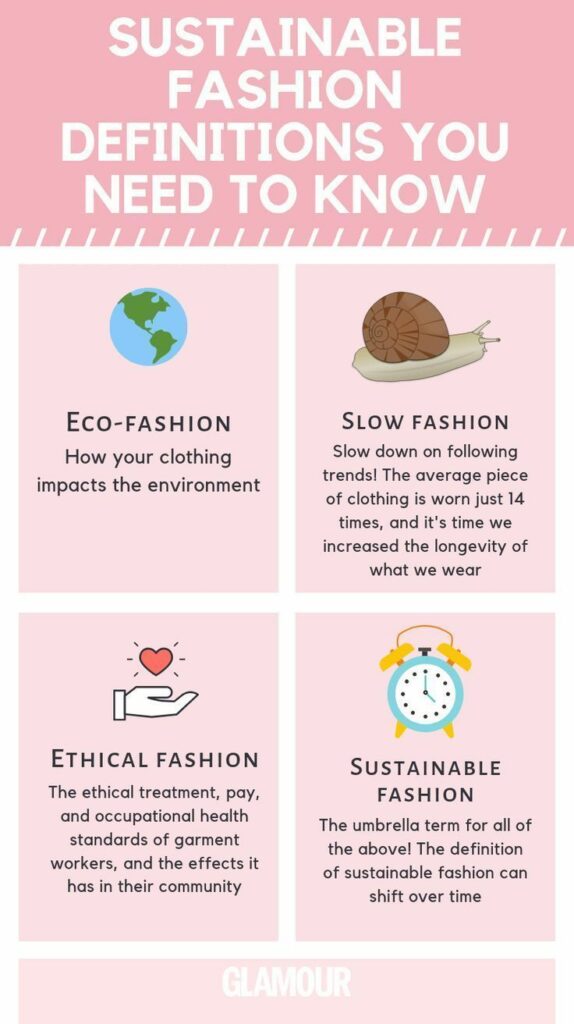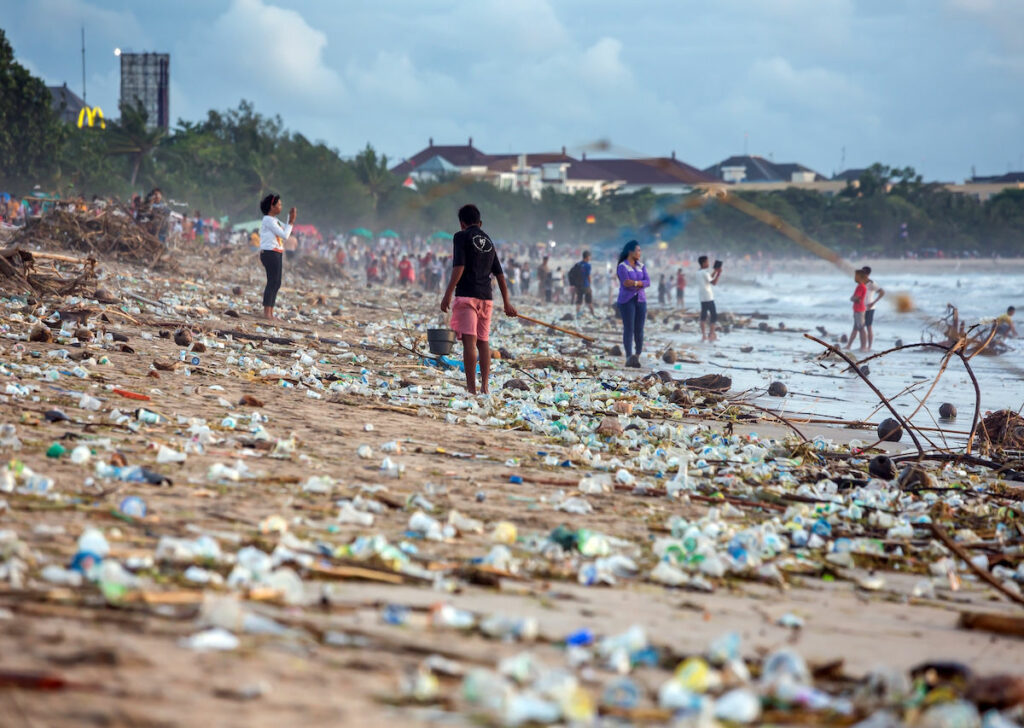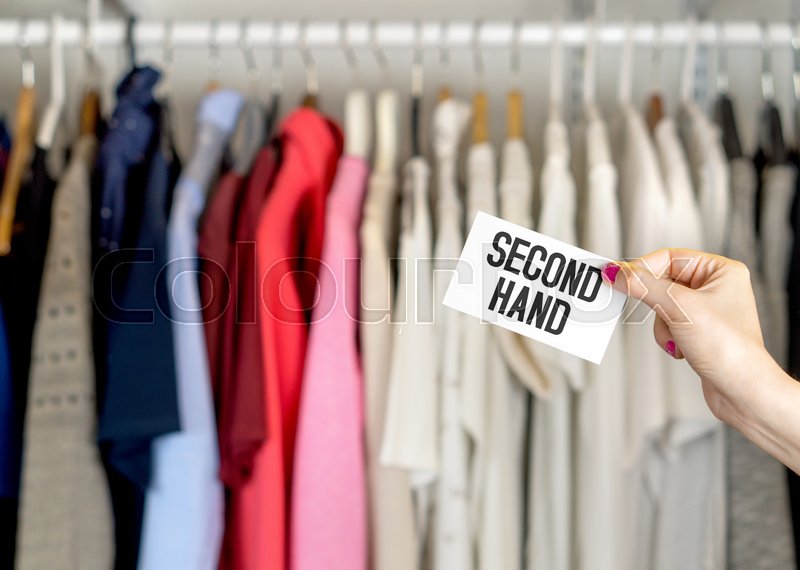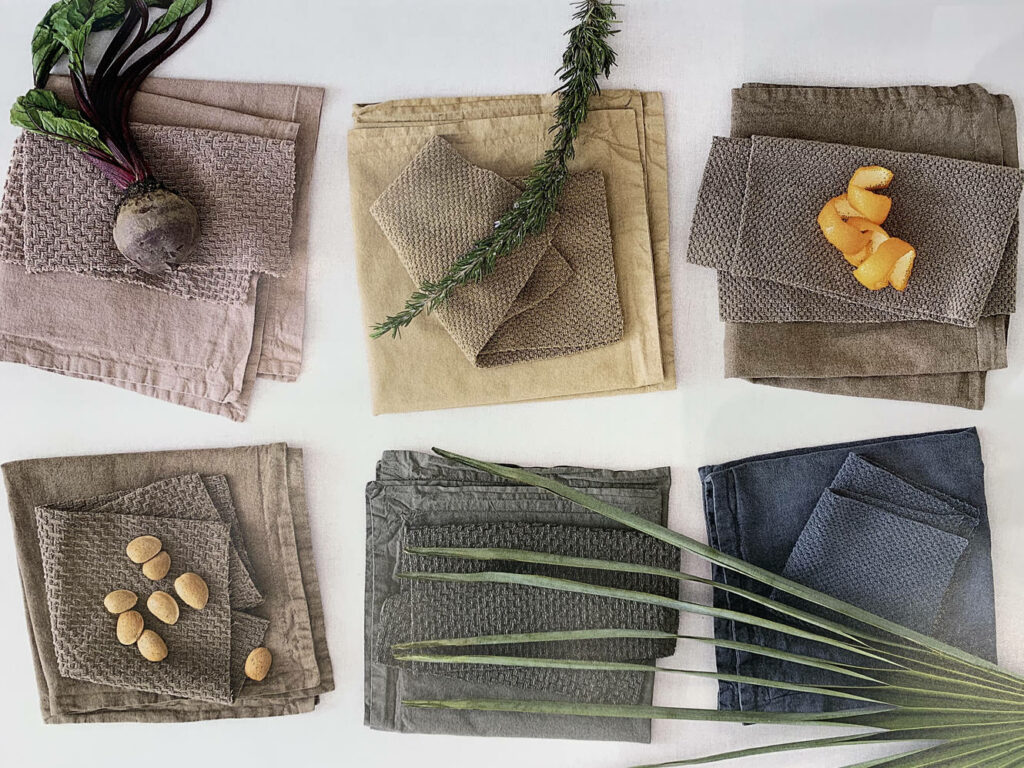Sustainable Fashion – Frankie Stenning
As the sun is coming out and COVID case numbers fall, a summer of fun looks evermore likely. However, what do you wear? You have grown. Your fashion taste has evolved. Before you dive into the sales in H&M or run to Primark, think about your clothes and how a simple change could help the environment.
Sustainable fashion is about wearing clothes that are made in a way that is mindful of the environmental issues in the fashion industry. Simply put, this means clothing that is ethically and environmentally friendly sourced and made. To improve your environmental impact and carbon footprint, changing where you shop is an easy way that can be made with a little research about the companies and the material they use.

The fashion industry is the second largest polluter in the world. It produces about 10% of the global carbon dioxide emissions and uses around 1.5 trillion litres of water every year. This has a major impact on global warming and deprives many people of much needed drinking water.
The fashion industry also has major negative impacts on aquatic life. Chemical-dye filled water is dumped into rivers untreated. Every time you wash a synthetic material (e.g. nylon), 1900 microfibres are released into the water and eventually washed into the oceans. This all results in aquatic life ingesting and dying from preventable problems.

A way that you can try and combat this is to invest in higher quality clothing. This tends to be more ethically sourced and longer lasting. This means you could buy an item of clothing that will last you a while and needs little upkeep. No more throwing out clothes at the end of the season as they fall apart.

However, higher quality is often more expensive. A good way to be more sustainable but not have to spend lots of money is to go shopping in charity shops. Whether that is locally in town or online on shops like Depop, there are great bargains to be found. This is good as the clothes are being recycled and you are doing your part to try to combat the environmental problems created by the fashion industry, in particular fast fashion.

Lastly, if charity shops and second-hand clothes do not work for you, or if you are looking for a creative challenge, sewing your own clothes is another way to be sustainable. Here you can check that your materials are ethically sourced and environmentally friendly. Materials like linen and silk tend to be some of the best as sustainable materials. Nevertheless, this takes time and is only really effective if the clothes are wearable and not made from synthetic materials.

As the seasons change and new fashions emerge, old clothes can be modified and re-worn. Try to be more sustainable in your fashion and play an important part in fighting global warming and climate change. It is easy!















Post Comment
You must be logged in to post a comment.